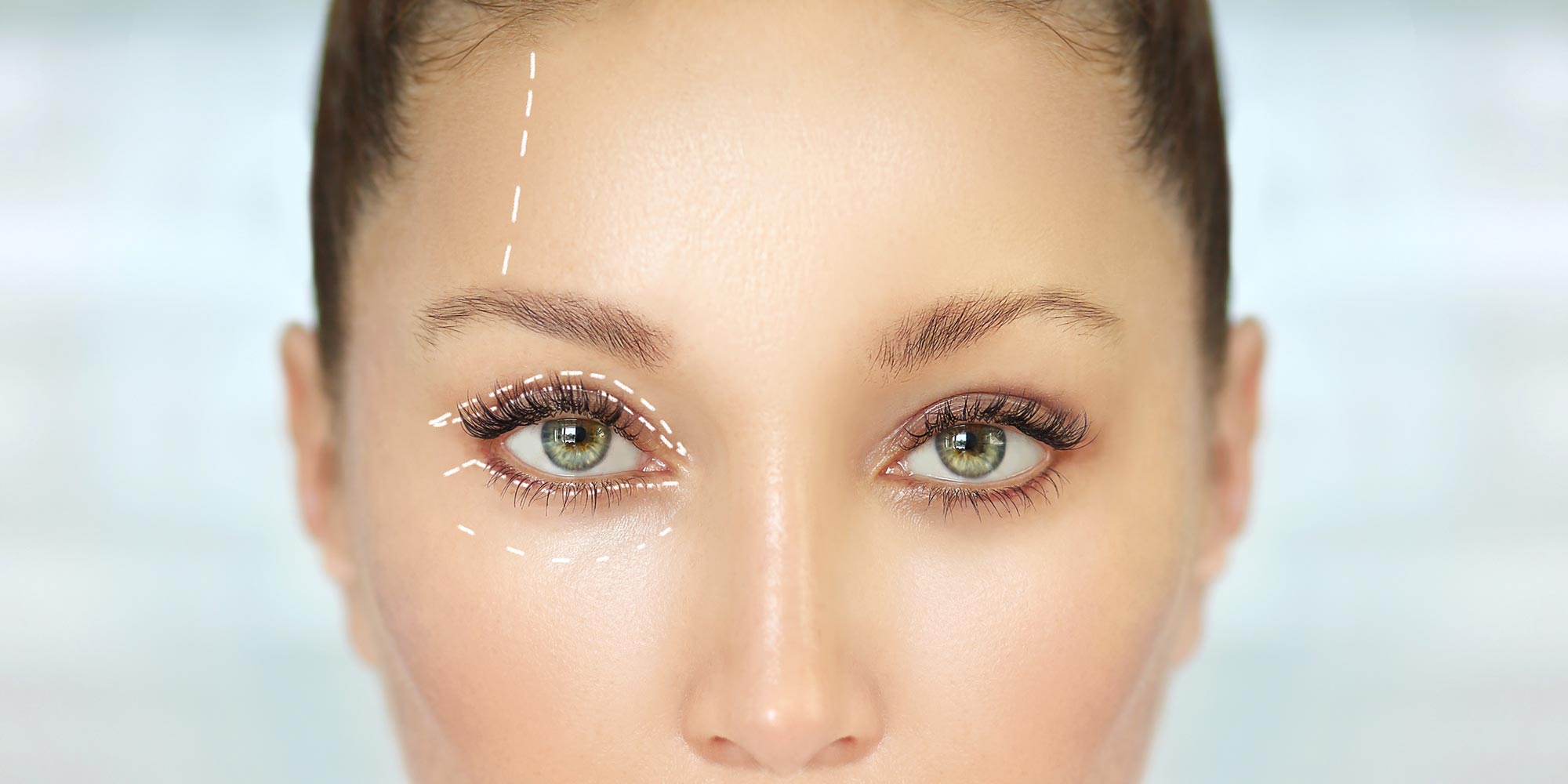
Upper eyelid lift in Munich
With an upper eyelid lift, you can say goodbye to tired-looking eyes that make you look exhausted, sad and often older. This can be caused by a lack of sleep, too much work at the computer or stress. However, the "tired eye" effect is also often caused by excess skin on the upper eyelids, known as drooping eyelids. The surgical removal of drooping eyelids makes the gaze appear more alert and the eyes appear larger.
What are the reasons for an upper eyelid lift?
Many patients want to look "fresher" and "more awake" and find it aesthetically disturbing that the drooping eyelids partially or completely cover the upper eyelid. However, it is also possible that the field of vision is impaired by a pronounced drooping eyelid. Drooping eyelids can be genetic or occur as the skin loses its elasticity with age. In addition to the sagging of the skin of the upper eyelid, there may also be an excess of fatty tissue, so that the eyes also appear swollen.
How is an upper eyelid lift performed in Munich?
An upper eyelid lift can easily be performed under local anesthesia and on an outpatient basis. At the patient's request, general anesthesia and/or an inpatient stay are of course also possible. An eyelid lift can also be easily combined with other aesthetic procedures.
During an upper eyelid lift, the excess skin is removed through a fine incision and the wound is sutured with the utmost care. The resulting scar is usually very inconspicuous as it runs in the natural crease of the eyelid.
An upper eyelid lift is a very frequently performed and standardized procedure which, however, requires a great deal of experience and "dexterity" on the part of the surgeon.
What should be considered after an upper eyelid lift?
After an upper eyelid lift, you should consistently cool the forehead and eye area for several days and sleep with your upper body slightly elevated to avoid swelling or bruising. For this reason, you should plan at least 2-3 rest days.
The stitches are typically removed after around 7-10 days. At this point, only slight traces of the procedure are usually still visible and the patients are "fit to wear" again.


